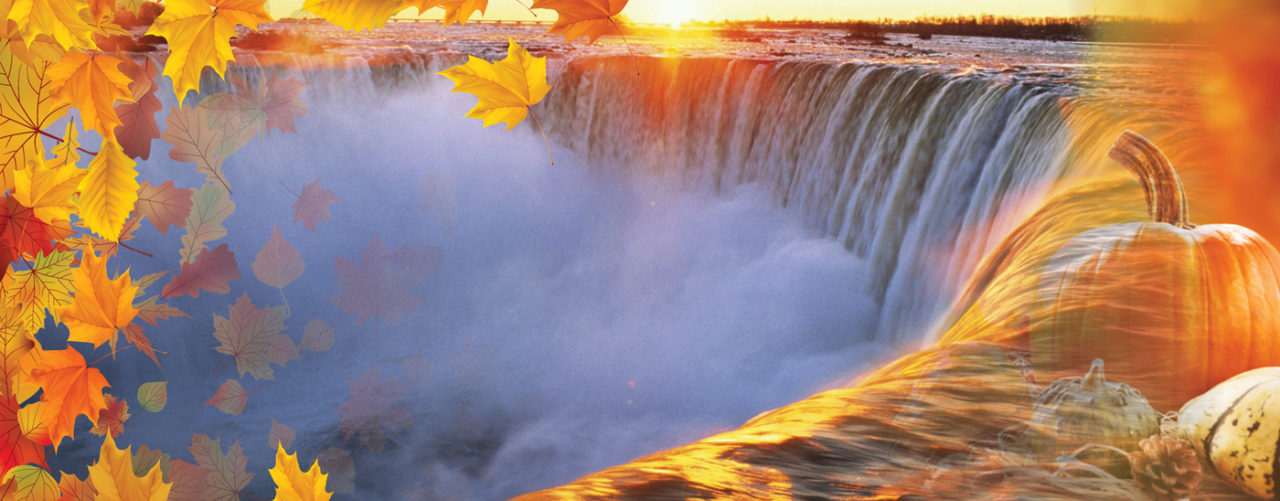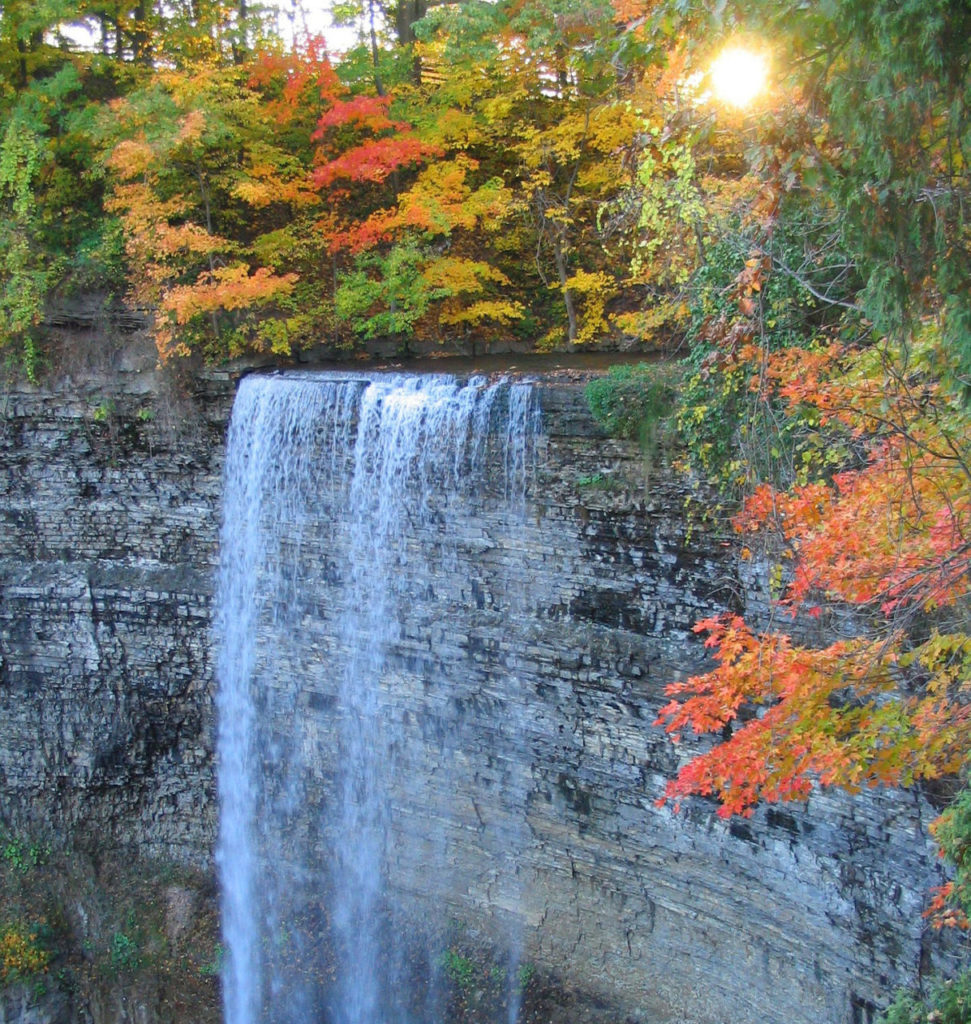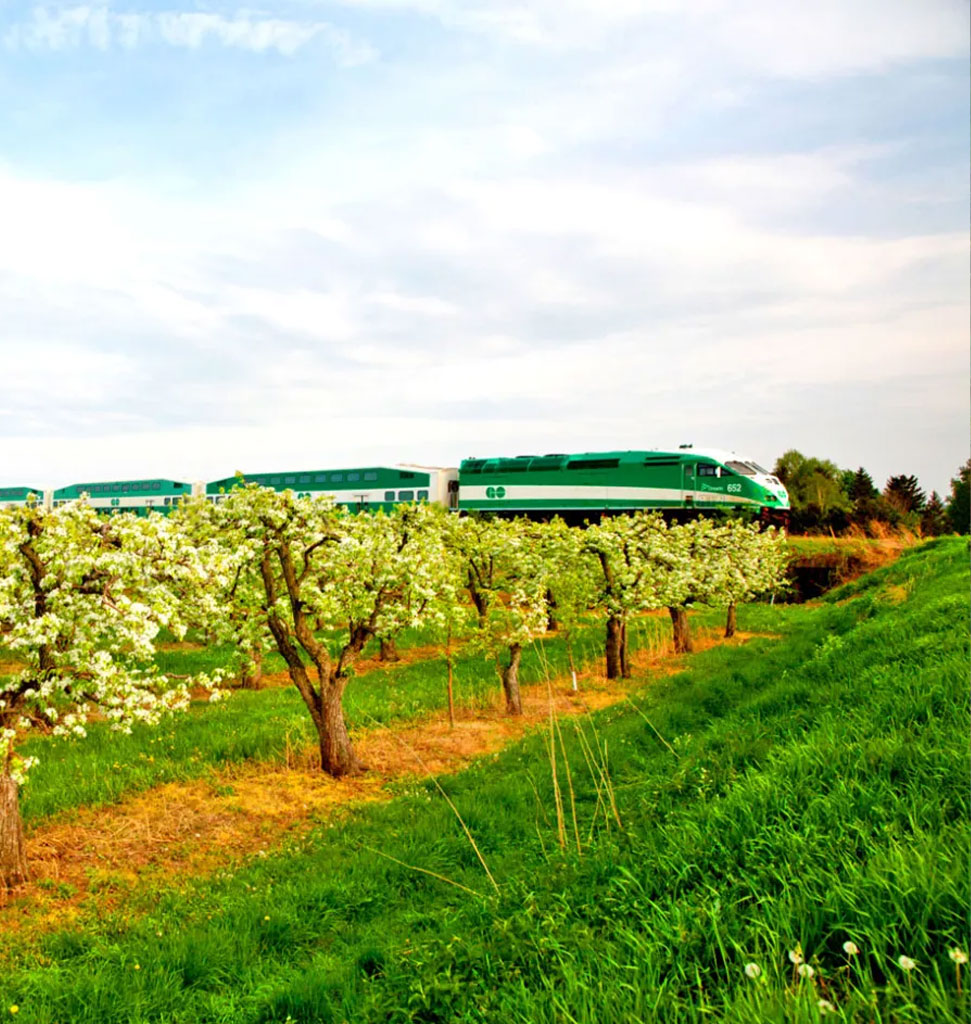As the fall colors brighten Clifton Hill and families gather in celebration, it’s clear that Canadian Thanksgiving is here. Beyond the festive meals and cozy moments, this holiday carries deep cultural traditions and a fascinating history unique to Canada.
We invite you to test your knowledge with our Canadian Thanksgiving quiz. Whether you’re a local, a visitor exploring Niagara Falls, or simply someone curious about the holiday, this quiz offers a fun way to learn more about the traditions, history, and special moments that make Thanksgiving in Canada so meaningful.
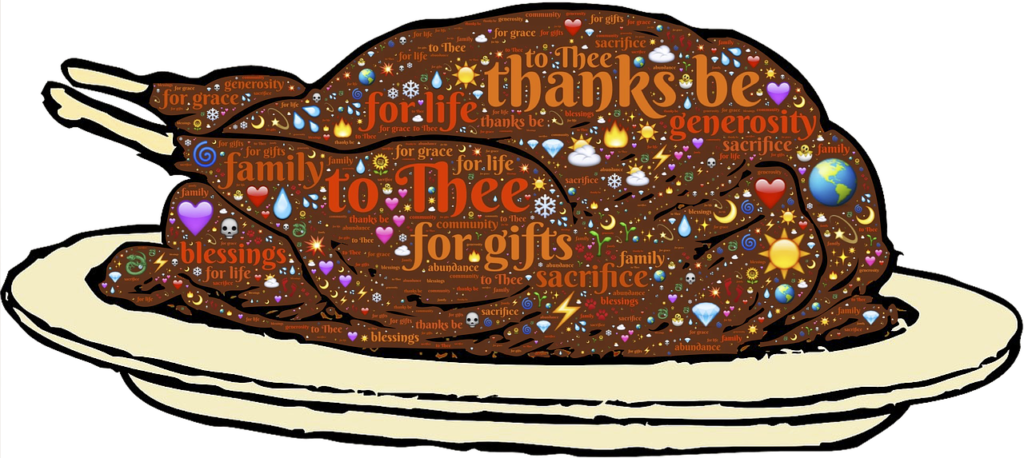
So, get comfortable and let’s dive into the world of Canadian Thanksgiving!
Results
So, let’s give a round of applause to our Thanksgiving maestro here, who’s mastered the art of turkey talk, harvest history, and Niagara Falls nuances!
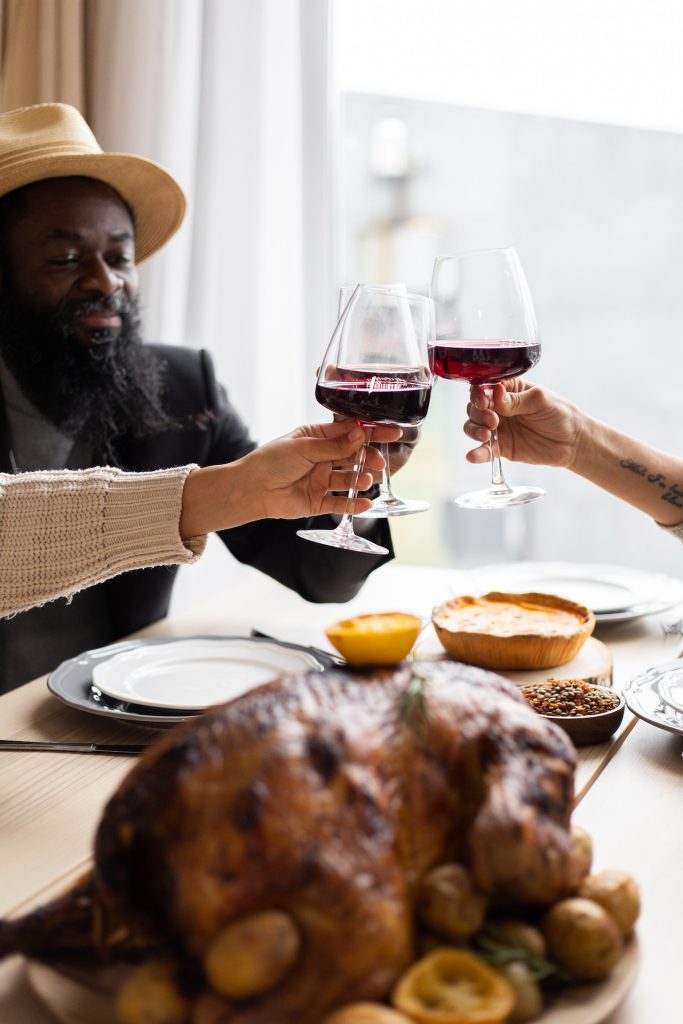
Remember, folks, knowledge is something to be thankful for all year round, just like pumpkin pie and good company. Keep on learning, keep on quizzing, and keep on celebrating the beautiful tapestry of life.
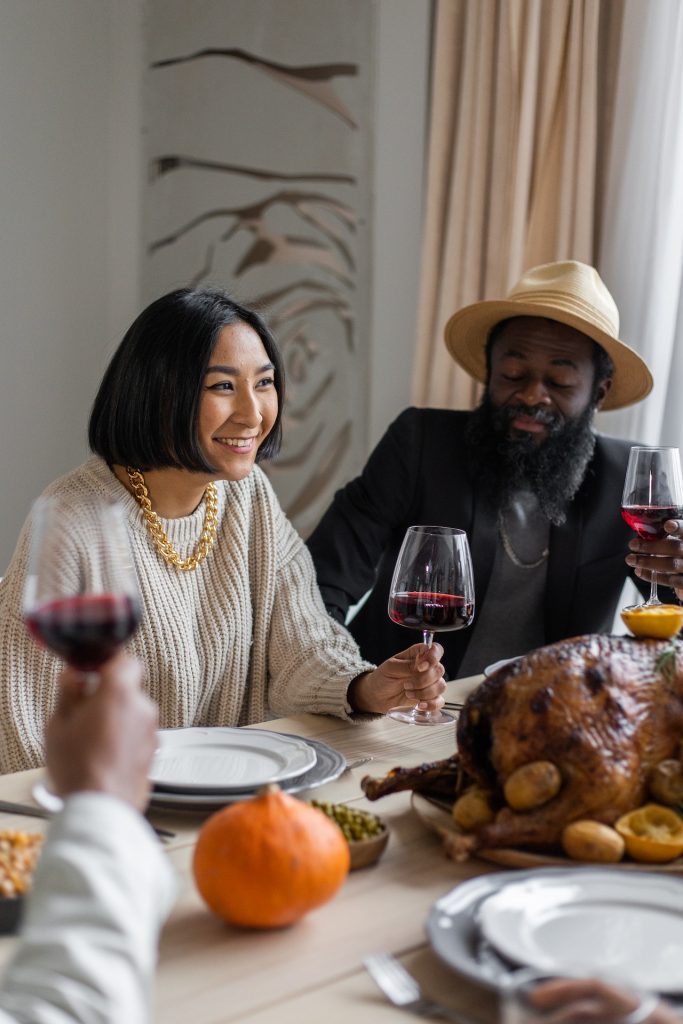
#1. When is the Canadian Thanksgiving celebrated?
The 2nd Monday in October (it has coincided with Columbus Day in the US since 1971
#2. Why does turkey make you sleepy?
Turkey contains Tryptophan, which is a naturally occurring amino acid that is used by the human body to make the neurotransmitter serotonin (the “feel-good chemical”). Studies have shown that serotonin promotes slow-wave sleep in non-human and humans alike. However, did you know that there are other foods that contain more Tryptophan than turkey? These are spinach, soy, eggs, cheddar cheese, fish, watercress, and tofu. So then why do we get so sleepy after we eat turkey? Well combine the carbs (desserts!), fat, and consumption of alcohol being consumed in large quantities on Thanksgiving, and your body will be using up a lot of energy to try to digest your food. Reduced blood flow in the body means reduced energy.
#3. What is the key difference between Canadian Thanksgiving and American Thanksgiving?
The American Thanksgiving long weekend runs from Thursday to Sunday, whereas the Canadian Thanksgiving long weekend runs from Saturday to Monday.
Americans celebrate it on the fourth Thursday in November — so they essentially get a four-day weekend versus our three-day weekend.
#4. Which French explorer is credited with holding the first recorded Thanksgiving in Canada in 1606?
On November 14, 1606, inhabitants of New France under Samuel de Champlain held huge feasts of thanksgiving between local Mi’kmaq and the French. Though not known at the time by the settlers, cranberries, rich in vitamin C, are credited with helping avoid scurvy.
#5. Canadian Thanksgiving is a statutory holiday EXCEPT in:
Canadian Thanksgiving is a statutory holiday EXCEPT in Nova Scotia, New Brunswick, PEI, and Newfoundland and Labrador in which it is an optional holiday.
#6. Why is Canadian Thanksgiving celebrated?
Canada’s Parliament proclaimed a day for giving thanks for “the bountiful harvest with which Canada has been blessed” in 1879. The holiday actually has much earlier beginnings, though, possibly beginning in some form back in 1587 with Arctic explorer Martin Frobisher.
#7. What role does the beauty of Niagara Falls play in Canadian Thanksgiving celebrations?
The origins of Canadian Thanksgiving can be traced back to the early colonial period when European settlers arrived in what is now Canada. Niagara Falls is located in Ontario, which was one of the regions where early settlers established communities. These settlers brought with them the tradition of giving thanks for a successful harvest, which eventually evolved into the Canadian Thanksgiving we know today.
#8. From 1921 to 1930, Thanksgiving was combined with:
Armistice Day (now Remembrance Day), which was observed on the Monday of the week of November 11.
#9. Why do we eat turkey on Thanksgiving, and not some other bird?
The birds are large enough that they can feed a table full of hungry family members rather than a chicken. Plus, chicken and cows were considered much more valuable to keep around for their eggs and milk. They were highly regarded back when the Thanksgiving tradition first began. By the way, wild turkeys can fly, unlike domestic turkeys. They can also run up to 20 miles an hour. We eat domestic turkeys which have been bred for their size and speed of growth to the point where they now cannot fly, walk normally or even breed on their own.
#10. Why is it earlier than the American Thanksgiving?
Canadian harvest season is earlier in Canada, as it gets colder sooner.
#11. How did Canadian Thanksgiving begin?
In 1578 when English explorer Martin Frobisher arrived in Newfoundland and wanted to celebrate his safe arrival in his journey from Europe to Asia. It wasn’t until 1879 that it was declared a national holiday, and it wasn’t until 1957 that its October date was set.
#12. How did “Breaking the Wishbone” start?
The ancient Romans used to pull apart chicken bones hoping for good fortune. The English picked it up in the 16th century, where it was referred to as “merrythought.” In the New World, Pilgrims played tug-of-war with the bones of wild turkeys. The term “wishbone” didn’t emerge until the 1800’s. Each person grabs an end and pulls it apart. It is believed that if you get the bigger piece, your wish will be granted.
